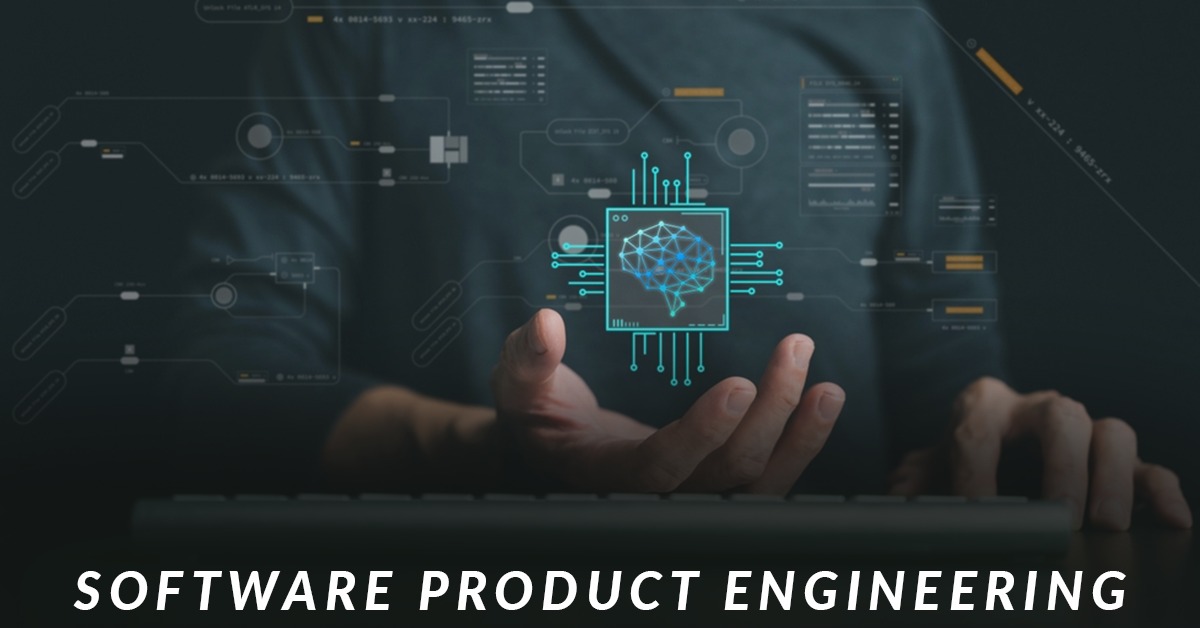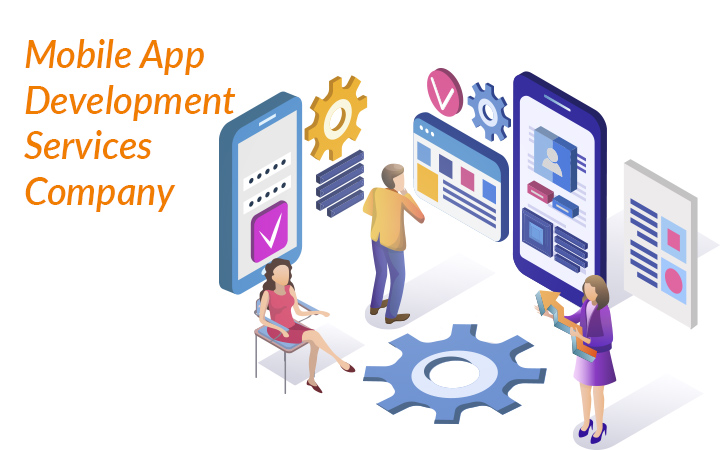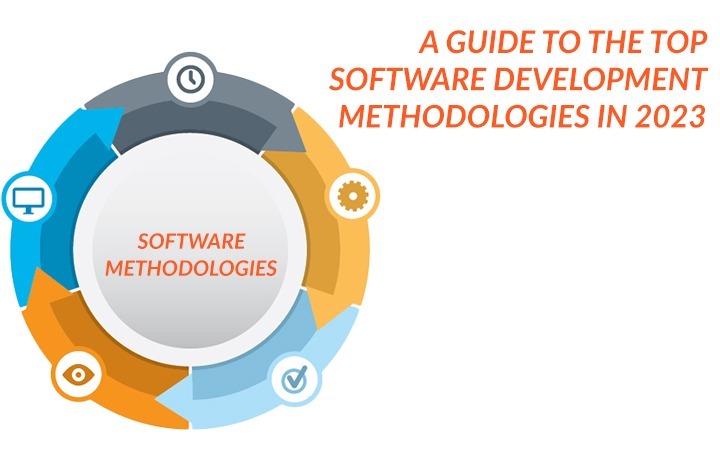A Chief product and technology officer steers their organizations’ engineering strategies, implementing robust software product engineering for building high-quality digital solutions. We will examine some key practices CTOs must consider when developing quality software product engineering services.
By embracing modern approaches like Agile, InnerSourcing, observability, and more, CTOs can transform development and sustainably achieve software product engineering excellence. We elucidate key software engineering practices that technology leaders must consider to build stellar solutions efficiently.
Cultivating Agility and DevOps
Two foundational software engineering practices that enable responsive, reliable delivery are Agile software development and DevOps.
Agile emphasizes iterative, incremental work sequences and close cross-functional collaboration. Practices like Scrum, Kanban, and Lean help teams rapidly build products that create value for customers. Agile ceremonies like daily standups, backlog grooming, sprints, demos, and retrospectives boost transparency.
DevOps principles focus on integrating development and IT operations, as well as teams, processes, and tools. Automating deployment through CI/CD pipelines, infrastructure-as-code, and shift-left testing accelerates release cycles.
By embracing Agile and DevOps, engineering teams can work flexibly and deliver value continuously. CTOs must promote Agile-DevOps synergy for responsive, reliable product development.
Automating for Quality
Hallmarks of sophisticated engineering units are high levels of test automation and overall quality orientation. Unit testing forms the foundation, by validating each function and component early during development.
Higher test levels like integration, API, and UI automation, across platforms, are also crucial. Any chief product and technology officer should make test automation a critical priority. Setting up robust frameworks using Selenium, Appium, JUnit, and Cucumber drives an automation-first culture. Progressive software engineering practices are indispensable for modern teams. By instilling an automation-first mindset and setting up test engineering centers of excellence, CTOs can drive quality at scale.
Human-Centric Design Thinking

User-centric design thinking brings empathy into software product engineering services. By deeply understanding customer pain points, engineers can craft solutions with meaningful impact.
Practices like design sprints, prototyping, usability testing, and collecting user feedback help deeply understand target personas. Customer advisory boards can provide continual inputs. Quantitative data and qualitative insights shape product vision and features.
A chief product and technology officer should embed design thinking into the development lifecycle. Cross-functional design sprints, prototyping, and usability studies allow validating ideas before extensive coding. Customer obsession is vital for product-market fit.
This outside-in, evidence-based approach ensures engineering teams build what users want. Customer obsession and design thinking lead to stellar adoption and optimal user experience.
Monitoring with Observability
Observability platforms provide crucial insights into the system’s health and performance. Monitoring metrics like uptime, response times, error rates, and traffic helps maintain optimal reliability and experience.
CTOs must implement robust observability platforms for proactive incident management. Tools like Datadog, New Relic, and Grafana enable tracing distributed systems and gathering telemetry data. Observability is mandatory for resolving issues rapidly.
InnerSourcing (a GitLab concept/strategy)
InnerSource adapts open-source collaboration models for internal engineering units. It allows developers across the organization to transparently contribute to shared projects – libraries, tools, components, etc.
Standard tooling like GitHub, chat tools, and wikis power InnerSource. Common values like trust, meritocracy, and transparency underpin interactions. Complimentary skill sets get synergized for enterprise-wide reuse.
By fostering InnerSource, CTOs can improve code reuse and reduce duplication. Platform teams providing ‘software-as-a-service’ internally enable easier discoverability and consumption of libraries, tools, and components. InnerSourcing powers innovation through collective ownership and shared resources.
Wrapping Up
Leveraging these key practices accelerates digital delivery reliably, at scale. Agile, DevOps, test automation, design thinking, observability, and InnerSourcing make robust software product engineering achievable. As stewards of technology innovation, CTOs’ leadership and advocacy of modern software product engineering services is warranted. With the right vision and rigorous execution, engineering excellence can become an enduring competitive advantage.
Are you a CTO or a leader looking to implement any of these software engineering practices in your organization? Motivity Labs is a full-service software agency that helps customers all around the world create innovative products and services.
Contactus at info@motivitylabs.com for a consultation.



